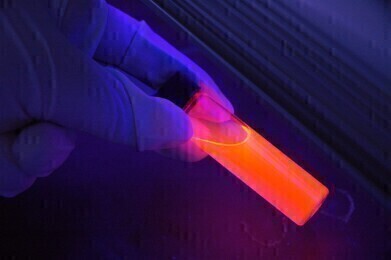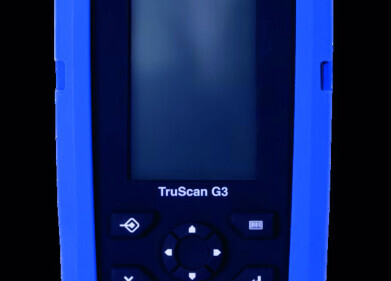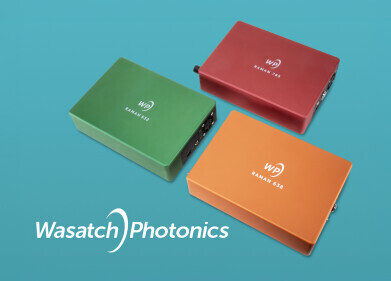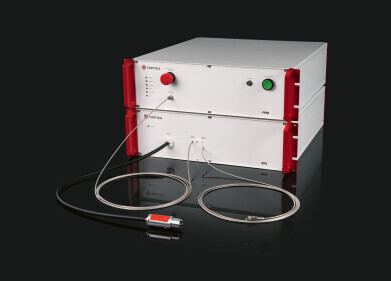Raman Spectroscopy
Applications of Raman Spectroscopy
Dec 04 2022
From underfunded university labs to state-of-the-art international facilities, Raman Spectroscopy is used by scientists around the world. Below, we take a closer look at some of the most important applications for the spectroscopic technique:
-
Raman Spectroscopy for Forensic Science
In an article published in the journal Talanta Open, the authors spotlight the use of novel Raman spectroscopic methods in the forensic science field. This includes Surface-Enhanced Raman Spectroscopy (SERS) to detect and analyse trace amounts of drugs and Shifted-Excitation Raman Difference Spectroscopy (SERDS) to remove fluorescence interference when analysing forensic evidence. They also introduce Spatially Offset Raman Spectroscopy (SORS) as a technique to extract subsurface Raman information, regardless of whether the surface layer is transparent.
While the novel methods are exciting, the authors maintain conventional Raman Spectroscopy remain relevant in the forensic science arena. “Conventional Raman spectroscopy, also known as normal or ordinary Raman spectroscopy, is a powerful and valuable tool in forensic analysis,” reads the report. “It has been shown to be able to differentiate many types of bodily fluids, distinguish blood samples in terms of gender, race, and chronicle age.”
-
Raman Spectroscopy for Pharmaceuticals
The pharmaceuticals industry is heavily reliant on Raman Spectroscopy. The light scattering technique is used to test and develop new drugs, as well as ensure products meet strict health and safety requirements. Examples of Raman Spectroscopy applications in the pharmaceuticals industry include:
- Calculating quantities of Active Pharmaceutical Ingredient (API) compounds
- Testing the purity of APIs and non-active ingredients
- Analysing the polymorphic forms of materials used during the drug development process
- Assessing the crystallinity of substances
- Optimising dosage
- Carrying out in vivo analysis
- Maintaining the uniformity of products
-
Raman Spectroscopy for Materials Science
The ability to create chemical fingerprints makes Raman Spectroscopy a valuable tool in the Materials Science sector. Scientists use the light scattering technique to characterise materials and predict performance. Raman Spectroscopy is especially useful for carbon materials as it’s capable of identifying multiple forms of the chemical element. This includes sp2 and sp3 structures that can be difficult to detect in some carbon materials.
An article published in the journal published in Science Advances takes a closer look at how engineering students are using Raman Spectroscopy to understand more about how two-dimensional materials expand.
“Raman spectroscopy has been instrumental in characterising thermal transport of miniaturised devices by capturing the response of phonons to temperature change, stress, and electric field,” reads the study.
A global approach to Raman Spectroscopy
Events like the 2022 Confocal Raman Imaging Symposium presented by WITec bring together molecular imaging experts from around the world. The conference was hosted by one of the biggest manufacturers of confocal Raman imaging microscopes in the world and features three days of presentations, equipment demonstrations and discussions. Find out more about the scientific collaboration event in ‘Conference Review: 18th Confocal Raman Imaging Symposium’.
Digital Edition
ILM 49.5 July
July 2024
Chromatography Articles - Understanding PFAS: Analysis and Implications Mass Spectrometry & Spectroscopy Articles - MS detection of Alzheimer’s blood-based biomarkers LIMS - Essent...
View all digital editions
Events
Jul 28 2024 San Diego, CA USA
Jul 30 2024 Jakarta, Indonesia
Jul 31 2024 Chengdu, China
ACS National Meeting - Fall 2024
Aug 18 2024 Denver, CO, USA
Aug 25 2024 Copenhagen, Denmark





24_06.jpg)













